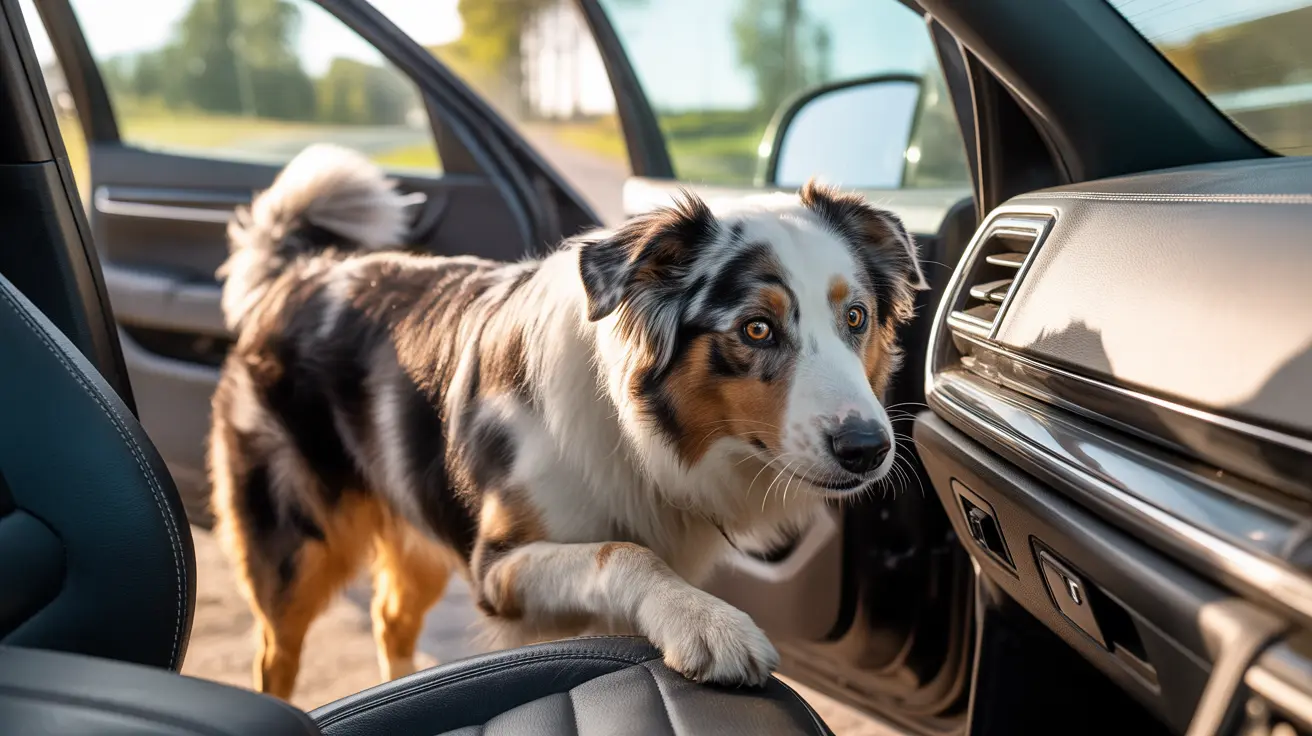Recognizing Yeast Infections in Dog Paws
Dogs often have a natural scent, especially on their paws, that smells like Fritos or corn chips. This is usually harmless and caused by normal bacteria and yeast on their skin. However, when this odor becomes strong or unpleasant and is accompanied by other symptoms, it may indicate a yeast infection. Being able to identify the signs early can help prevent discomfort and complications.
What Causes Paw Odor in Dogs?
The corn chip smell is commonly due to natural bacteria like Proteus and Pseudomonas, as well as various yeast species that live on the canine skin. Dogs have sweat glands in their paw pads, and when these areas become warm and moist—such as after a nap or walk—the microorganisms can multiply and intensify the smell.
When the Odor Signals a Problem
In most cases, the smell is normal and not a cause for concern. But persistent or worsening odor with the following symptoms may signal a yeast or bacterial infection:
- Excessive licking or chewing of the paws
- Redness and swelling between the toes or on the paw pads
- Hair loss around the infected area
- Unpleasant, putrid odor stronger than the usual scent
- Skin lesions or scabbing
- Sensitivity or limping due to discomfort
- Changes in toenail or paw pad appearance
These signs suggest an imbalance in the natural flora of the dog's skin, allowing yeast and bacteria to overgrow.
Risk Factors for Yeast Infections
- Moisture retention in paw crevices or between the pads
- Long fur trapping dirt and moisture
- Frequent licking creating a damp environment
- Allergies or underlying skin conditions
- Warm, humid climates
Preventative Paw Care Tips
Regular paw hygiene is crucial to minimize the risk of infections:
- Wash paws regularly with dog-formulated soap and water or gentle cleaning wipes
- Dry thoroughly after every cleaning, walk, or bath
- Trim fur and nails to avoid dirt and moisture retention
- Clean bedding and vacuum dog-filled areas frequently
- Control allergies with veterinary help to prevent secondary infections
When to See the Vet
If you notice any of the concerning signs mentioned above, consult your veterinarian. Veterinary intervention may include:
- Diagnosing the infection type (yeast, bacterial, or both)
- Prescribing medicated wipes, sprays, or shampoos
- Recommending allergy management
- Guidance on grooming and hygiene practices
Important Note: Avoid aggressive cleaning or medicating without vet advice, as this may disrupt the skin's natural microbial balance and worsen the condition.
Conclusion
While it’s normal for dog paws to have a mild food-like scent, stronger odors combined with discoloration, irritation, or behavioral changes may indicate a yeast infection. Prompt veterinary attention, proper hygiene practices, and regular monitoring can keep your dog’s paws healthy and scent-neutral, ensuring comfort and wellness for your canine companion.




